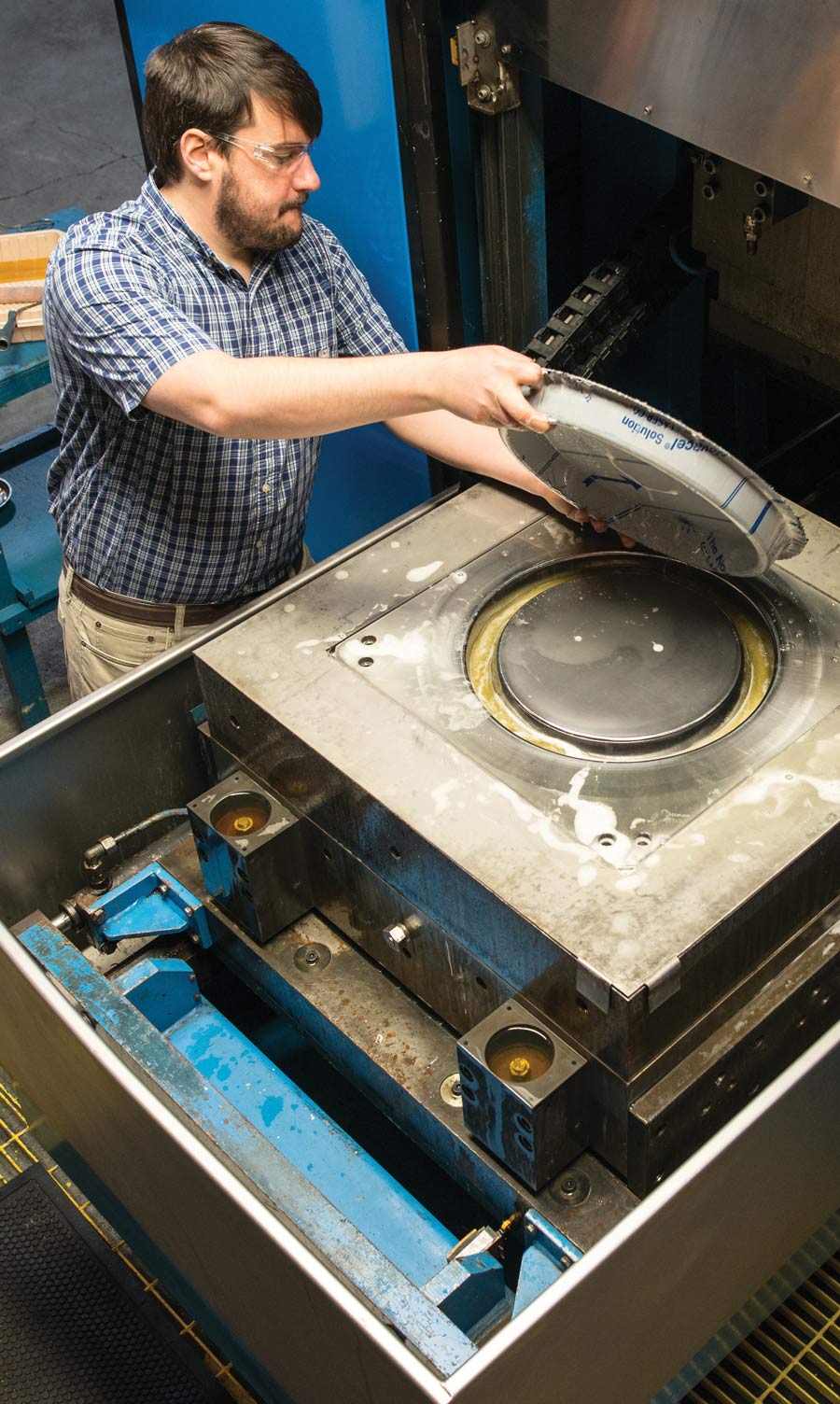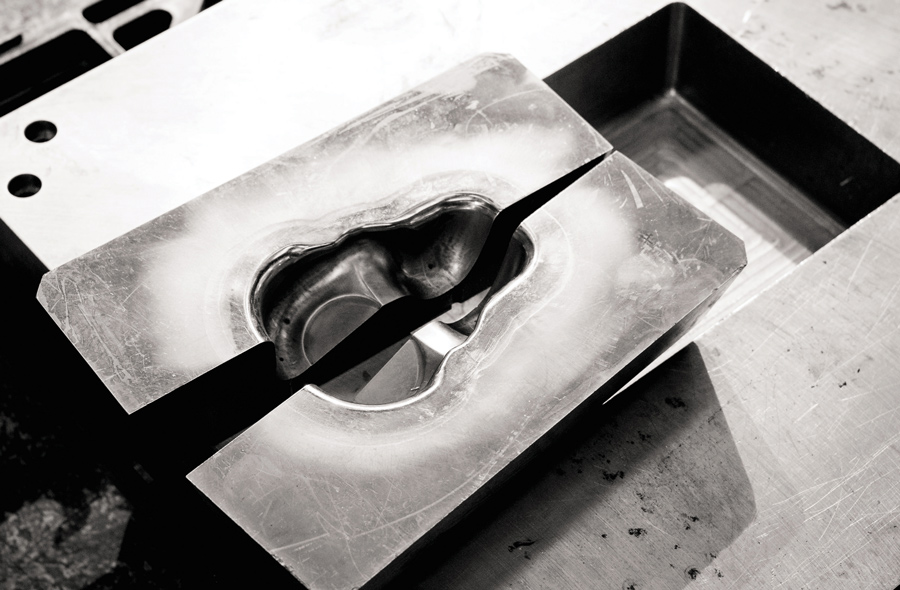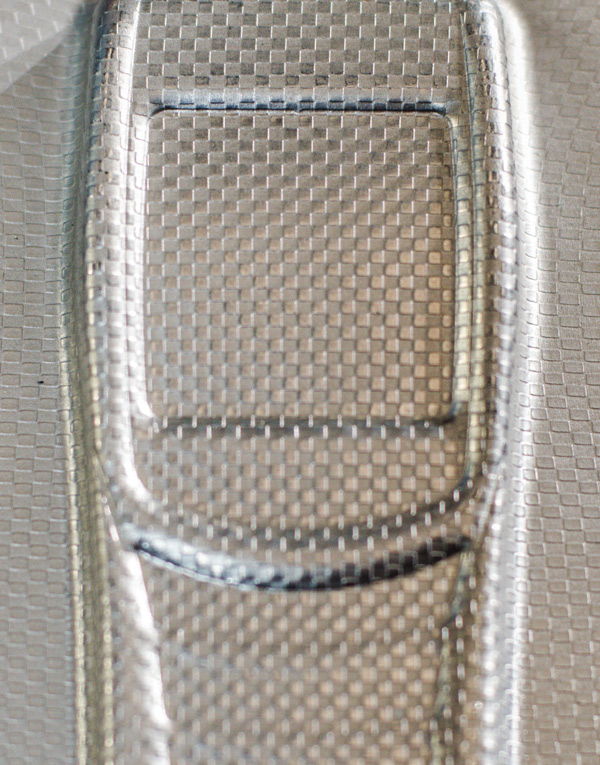agic is the art of illusion, aided by sleight of hand, deceptive devices and misdirection.
When it comes to fluid-formed parts, industrial users might have trouble believing what they see, but Paul Benny, CEO of FluidForming Americas, says, “There are no magic powders or mirrors. It is pure and simple physics that results in a highly repeatable, very accurate, cost-effective part.”
Founded in Hartsville, Tennessee, in 2014 as a German company’s North American subsidiary, FluidForming’s customers include Mercedes-Benz, BMW and Whirlpool Corp. Other end users run the gamut from aerospace, agricultural machinery and alternative energy to automotive and medical equipment.
Fluidforming is the reinvention of hydroforming, Benny says. “Legacy technologies have limitations and die stamping is not a controlled process. If you need an accurate, repeatable part that is pristine,” he says, “physics renders these conventional methods incapable of that. Our physics is different. We aren’t limited.”
A single die (male or female) is then built and used for both prototyping and production. A nested tooling system means smaller dies with a range of properties can be used.

The ability to eliminate secondary operations can save manufacturers money. FluidForming Americas was asked to take on a project for a heat exchanger that required fitup and post-production processing with conventional forming methods.

 We’re the first company to offer sheet, tube, bladder and hydraulic forming all in the same machine.
We’re the first company to offer sheet, tube, bladder and hydraulic forming all in the same machine. 

“We’re the first company to offer sheet, tube, bladder and hydraulic forming all in the same machine,” notes Benny. “Operators can transition between these functions within minutes.”
The machine has a compact footprint and works with additive manufacturing functions.”
The system allows fabricators to transition from CAD to 3D-printed tooling, which makes it possible to go from design to production in days rather than weeks or months, he says.
“At the end of the day, we have a proven technology that affords customers a way to do things better, faster, smarter and cheaper,” Benny pledges. “That’s our hallmark.”
www.ffamericas.com.